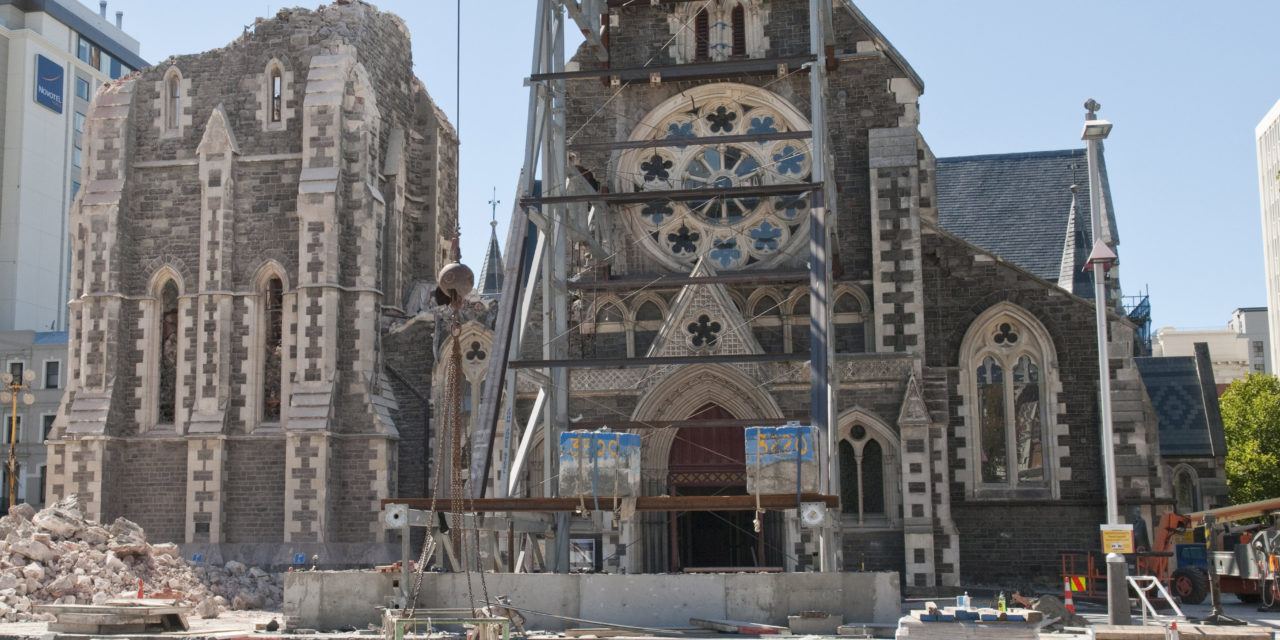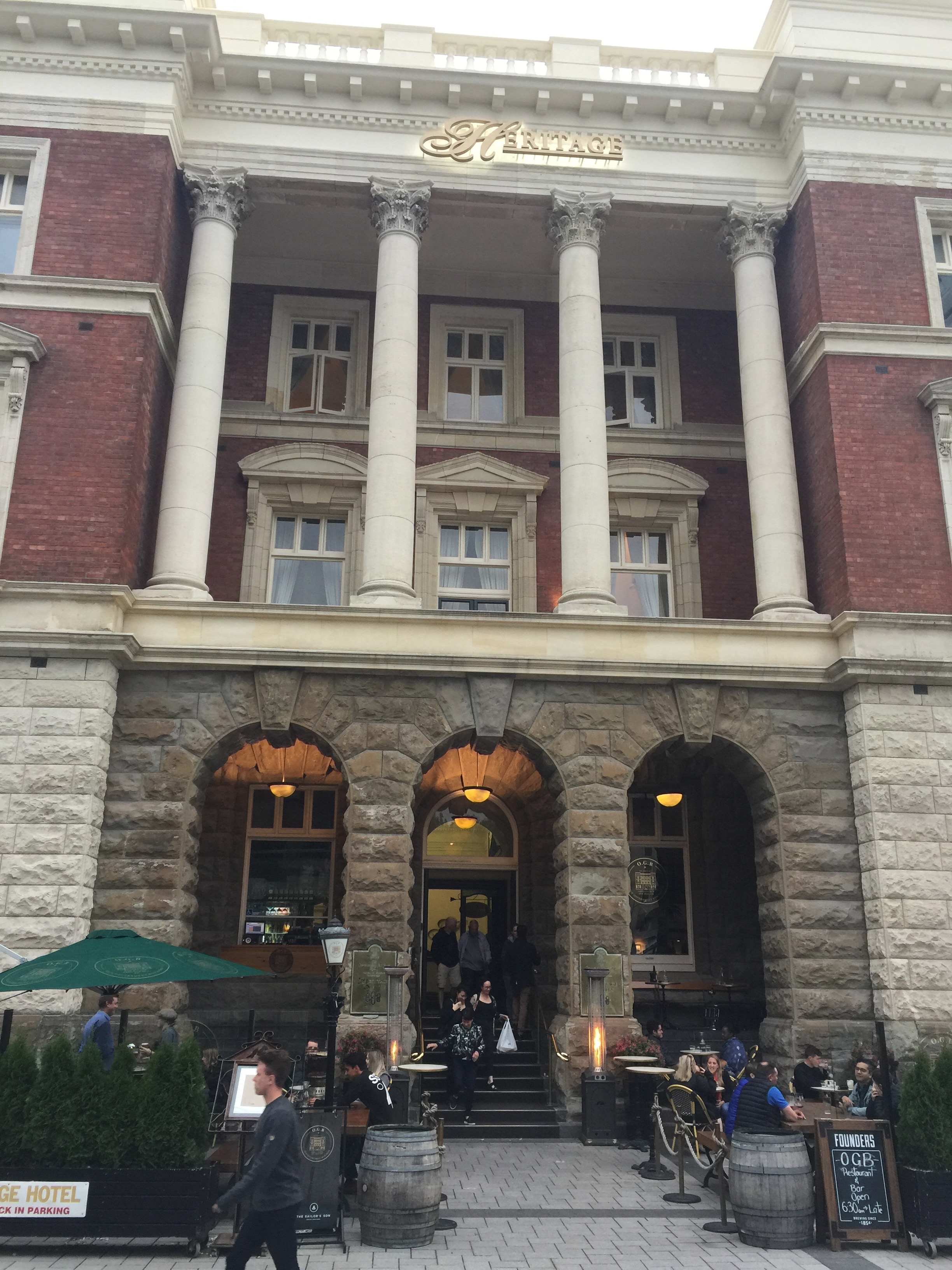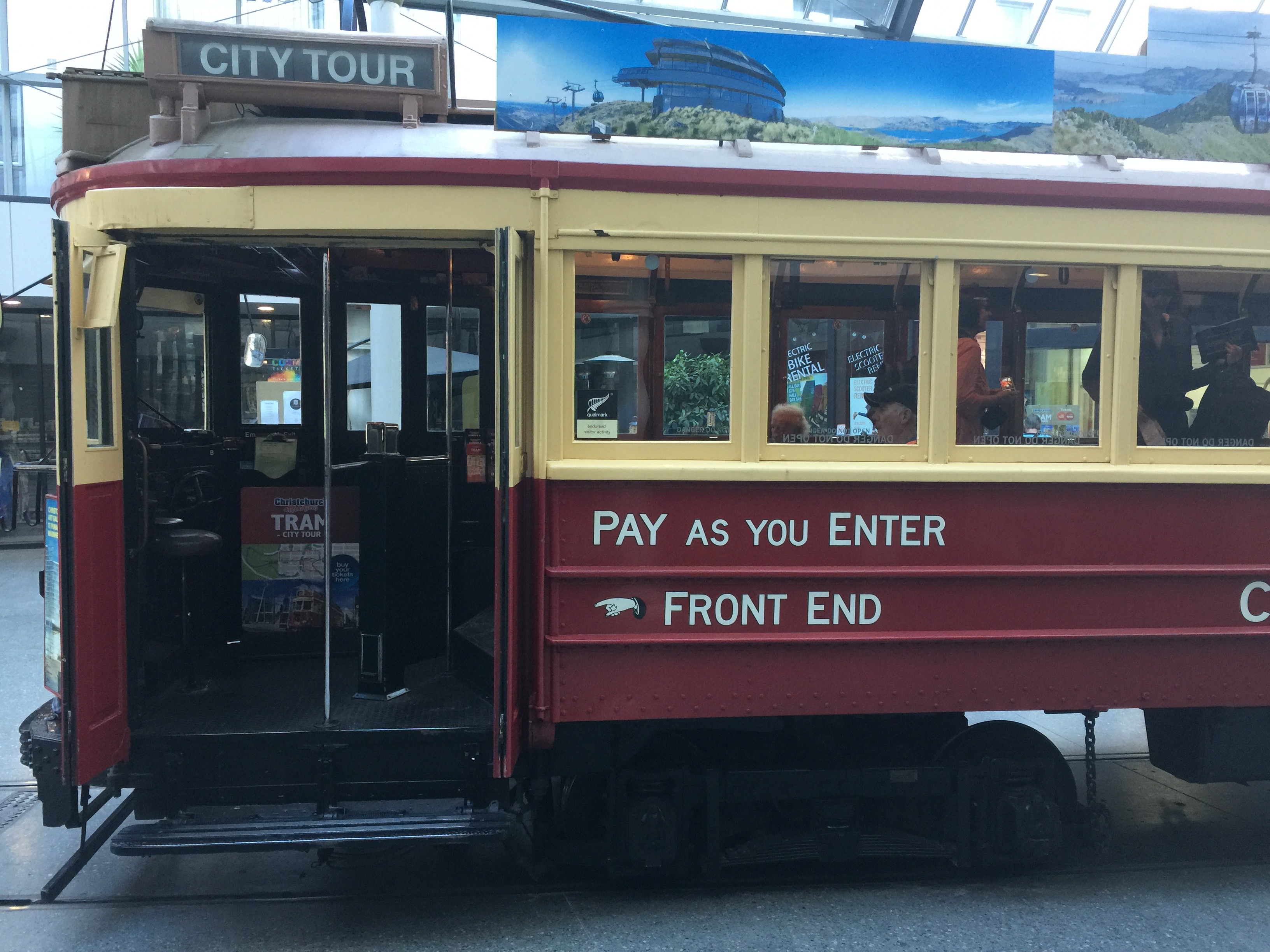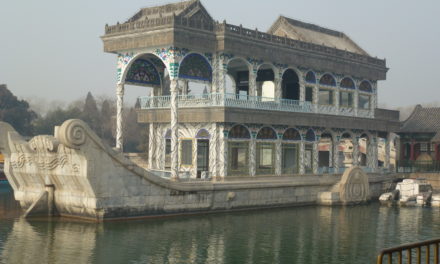Seven years after a devastating earthquake in Christchurch killed 185 people and damaged or destroyed 80 percent of its downtown district, New Zealand’s third-largest city is still rebuilding.
Today Christchurch is one big construction zone. Everywhere you look, old buildings are being torn down and new ones are rising in their place. Orange safety cones line the streets, and construction workers’ hard hats are as common as lamb dishes at restaurants.
Following a six-hour drive from Queenstown, Pat and I arrived in Christchurch in time to take an early evening stroll around the city. We ate dinner at an outdoor café in front of the Old Government Building, a block-long, 105-year-old brick edifice that is now a luxury hotel/apartment/restaurant complex.
It was one of the few brick buildings in central Christchurch to survive the February 2011 earthquake, one of a series of earthquakes and aftershocks that rocked the city between 2010 and 2012. An even larger earthquake shook Christchurch six months earlier, but the latter one caused more damage because it was closer to the heart of the city.
Huge construction costs, insurance red tape and government debates over the best way to rebuild have delayed the recovery. Heading into town, we listened to a radio report about the delays that reminded us of what happened to the Jersey shore following Hurricane Sandy.
Our stay in Christchurch lasted less than 24 hours because we had to catch a flight to Rotorua, taking us from New Zealand’s South Island to its North Island. However, we managed to squeeze in a 50-minute tram tour that gave us a close-up view of the earthquake damage and the rebuilding efforts.
One of the landmarks ruined by the earthquakes was Christchurch Cathedral, an Anglican house of worship that was distinguished by its 207-foot spire. The spire was toppled by the 2011 earthquake and subsequent quakes further damaged the structure, so officials decided to demolish the century-old Gothic Revival church and replace it with a new building. But there was strong opposition to the move, and the church announced last year that the building would be restored.
The church is currently is covered by scaffolding and there are piles of rubble on the ground. The project could take up to 10 years and $75 million to complete.
New hotels, offices, parking garages and museums are being built throughout the city, while many buildings severely damaged by the earthquakes are still waiting to be demolished.
We visited Quake City, a museum/memorial that tells the story of the earthquakes through pictures, video, writing and artifacts. It reminded me of the 9/11 museum in New York because it powerfully conveys the physical and emotional impact of an event that forever changed the city.
Next stop: Rotorua.













